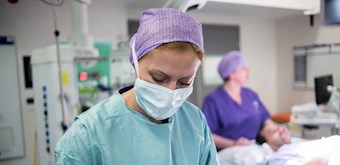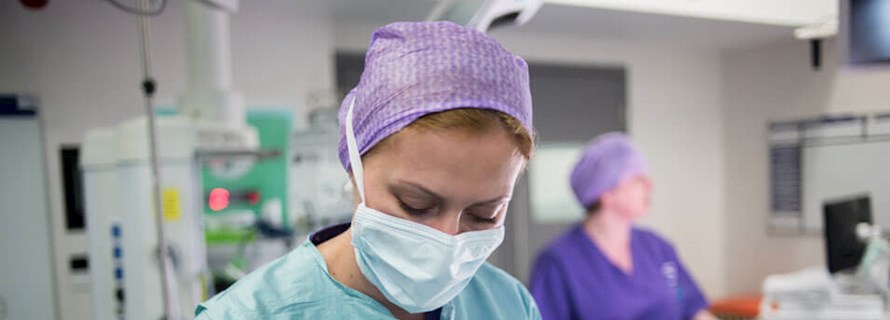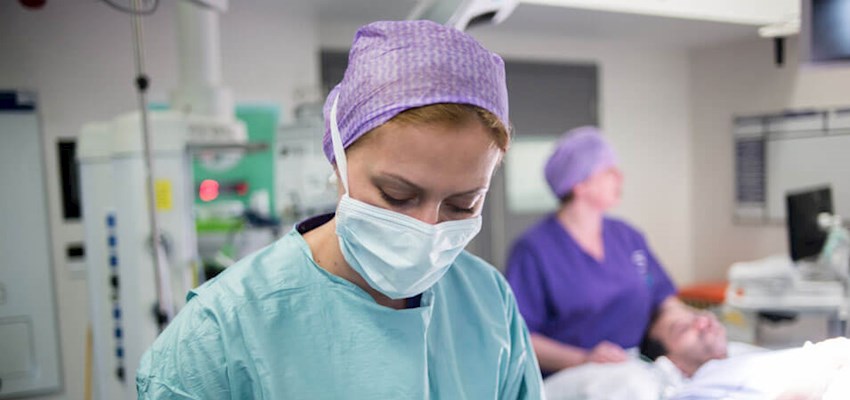Shoulder abnormalities in obstetric plexus palsy
Shoulder deformity in brachial plexus
If your child has a shoulder deformity from brachial plexy, we our expert surgeons offer diagnosis and treatments
About brachial plexus injuries
Need to know
-
Symptoms of brachial plexus deformities? icon plus
Muscle weakness can lead to poorly formed joint bones. Here, the ball on the main arm bone (humerus) doesn't fit the socket (glenoid). The child's shoulder may be higher than the other one and the collarbone may look short.
General symptoms include:- weak or limp arm and sometimes wrist and hand
- unusual arm, wrist or hand position
- the arm may be curled inwards and the hand pointing down
- issues with moving the arm
- pain and numbness in their arm or hand
- numbness or trouble feeling their arm or hand
-
Diagnosing brachial plexus deformities icon plus
Your consultant will discuss your child's symptoms with you and help to make a diagnosis.
In newborn babies, your consultant may suggest they monitor shoulder development with an ultrasound. This way they can add support to the shoulder to hold it in the right place. In older children, your consultant will see how well your child can move their shoulder and whether it causes them pain. They may order an MRI scan to look at the soft tissues and see whether a nerve is detached.
-
Potential treatment options icon plus
If your child's symptoms haven't resolved themselves, then your consultant may suggest surgery. If the MRI scan showed a torn nerve, a repair or graft may be undertaken. Here, the torn section of nerve is either reattached at the severed end, or a healthier nerve is grafted from another part of the body. If the shoulder socket is poorly formed, the consultant may suggest an osteotomy. Here, the humerus bone is cut with a surgical saw, in order to fit the shoulder joint. The socket of the shoulder joint (glenoid) is also reshaped (glenoplasty) to hold the ball of the humerus. After surgery, most children stay in the hospital for 2 to 3 days.
Our orthopaedic consultants




Our locations
From complex shoulder surgery to diagnostic tests and procedures, we provide exceptional orthopaedic care across our network of hospitals, outpatient centres and specialist clinics.
Book an appointment
Our team can help with any enquiries or you can make an appointment with one of our experienced consultants.
Call us today
020 7079 4344